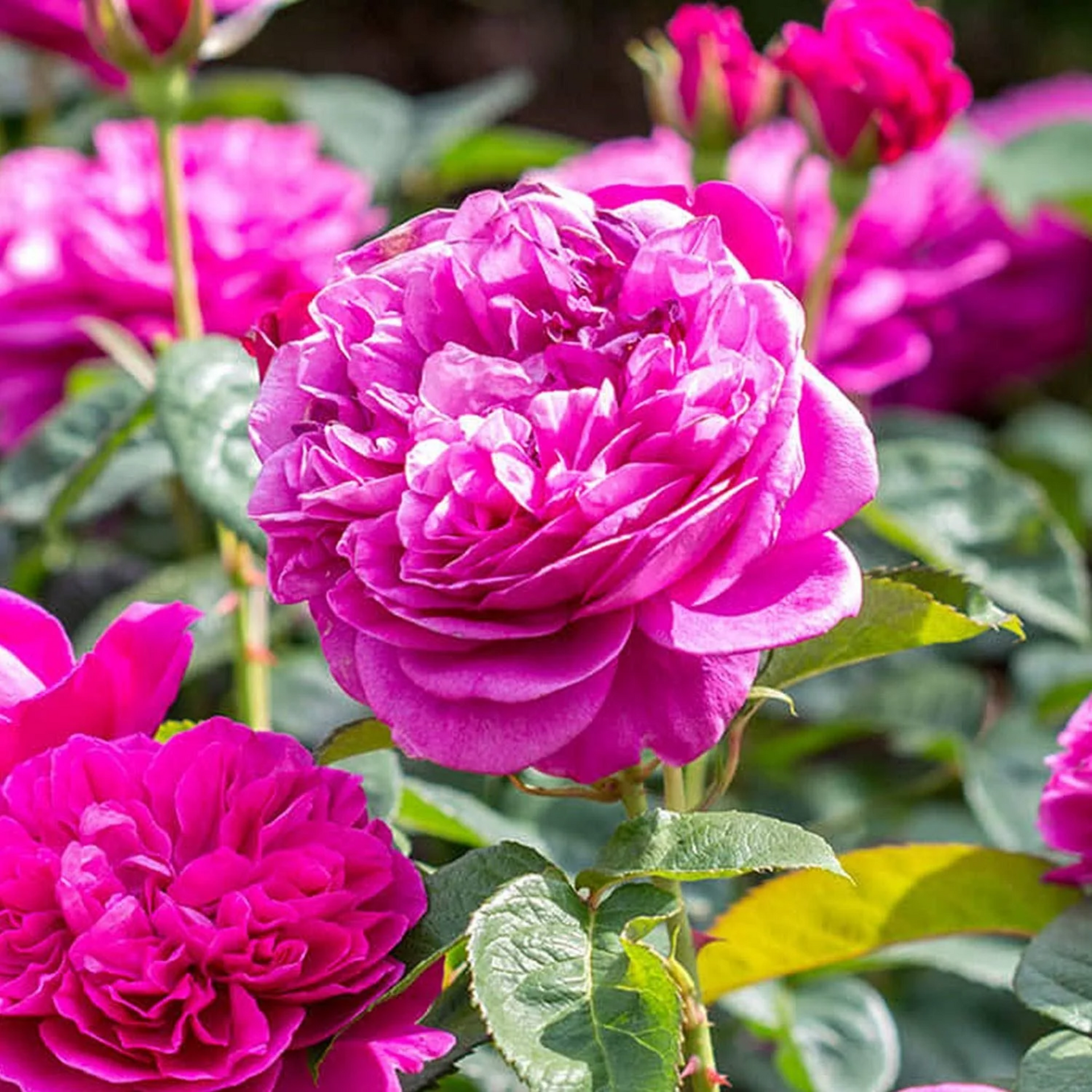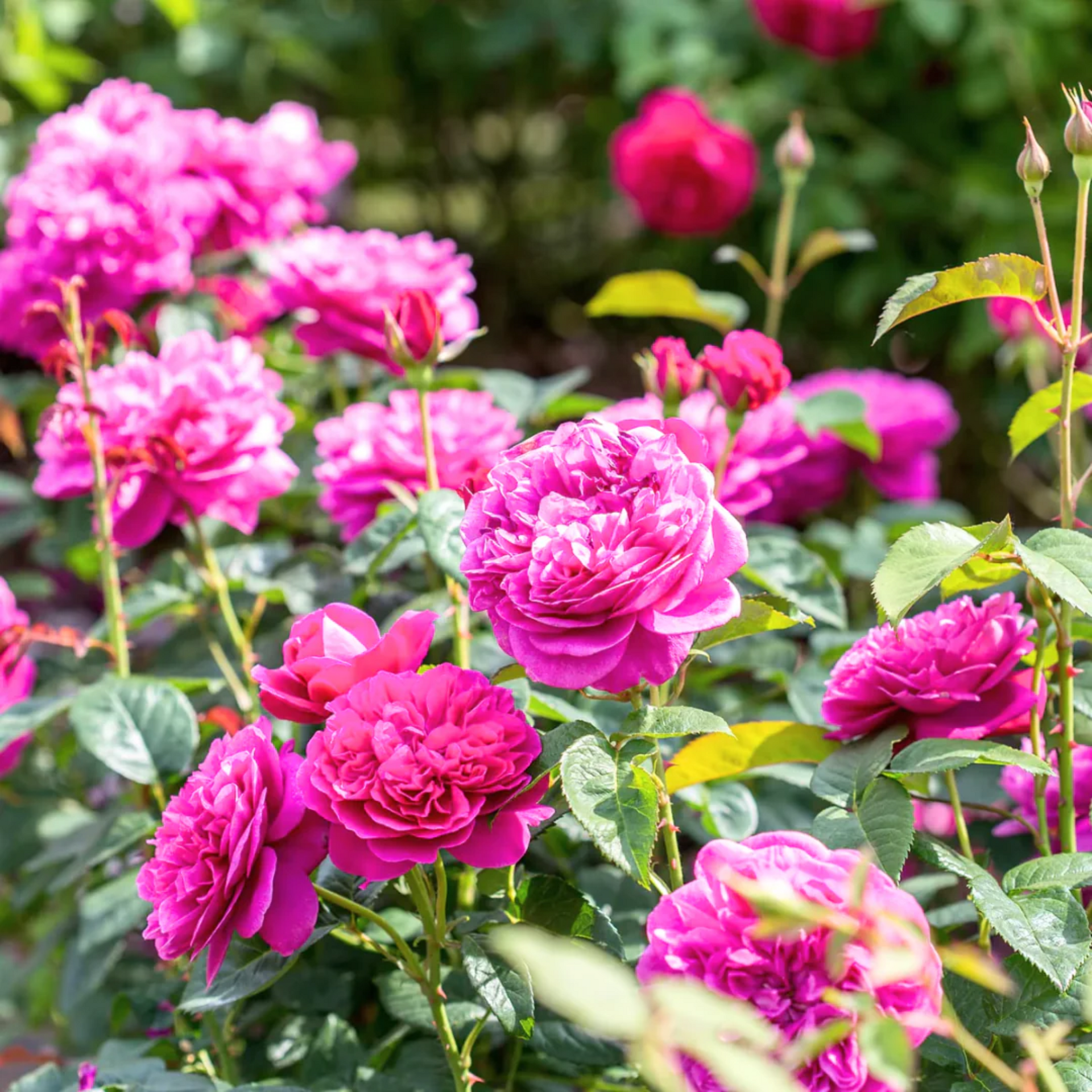


Green Paradise Live Red Scented Climbing Rose Plant
Rs. 599.00
Rs. 449.00
Guaranteed Safe Checkout
Green Paradise Offers Beautiful Red Scented Climbing Rose Plant
About Red Scented Climbing Rose Plant
The red-scented climbing rose plant is a popular and beautiful flowering plant that belongs to the Rosa genus in the Rosaceae family. It is known for its vibrant red flowers and delightful fragrance, making it a favorite among gardeners and rose enthusiasts.
Here are some key features and characteristics of the red-scented climbing rose plant:
Growth Habit:
As the name suggests, this rose variety is a climbing plant. It has long, flexible canes that can reach impressive heights when trained on trellises, fences, or walls. The plant's vigorous growth allows it to cover large areas and create a stunning visual display.
Flowers:
The red-scented climbing rose plant produces abundant clusters of beautiful, deep red flowers. The blooms are typically medium-sized and have a classic rose shape with multiple layers of petals. The fragrance emitted by the flowers is often described as rich, sweet, and intensely aromatic, making it a delight for the senses.
Foliage:
The plant features attractive, glossy green foliage that serves as a backdrop for the vibrant red flowers. The leaves are typically composed of several smaller leaflets arranged in pairs along the stem. The foliage remains on the plant throughout the growing season, adding to its overall appeal even when the flowers are not in bloom.
Growing Requirements:
The red-scented climbing rose plant thrives in full sunlight, requiring at least six hours of direct sunlight daily for optimal growth and flowering. It prefers well-draining soil enriched with organic matter. Regular watering is necessary, especially during dry periods, but it's important to avoid waterlogged conditions that can lead to root rot.
Pruning and Maintenance:
Pruning is essential for maintaining the health and shape of the red-scented climbing rose plant. It is usually done in late winter or early spring before new growth begins. Pruning helps remove dead or damaged wood, promotes better air circulation, and encourages new growth and abundant flowering.
Winter Hardiness:
The hardiness of the red-scented climbing rose plant can vary depending on the specific cultivar. It is important to choose a variety that is suitable for your climate zone to ensure its survival during colder months. Some varieties may require winter protection, such as mulching or covering the plant with burlap, to shield it from freezing temperatures.
Uses:
The red-scented climbing rose plant is commonly grown in gardens, where it can be trained to cover structures like arches, pergolas, or fences. Its beauty and fragrance make it a popular choice for creating romantic, eye-catching displays. Additionally, cut flowers from this rose plant can be used in floral arrangements, adding elegance and a lovely scent to indoor spaces.
Overall, the red-scented climbing rose plant is a stunning addition to any garden, providing a profusion of red blooms and a delightful fragrance that can transform outdoor spaces into enchanting and aromatic retreats.
How To Grow Red-Scented Climbing Rose Plant
Growing a red-scented climbing rose plant can be a rewarding and beautiful addition to your garden. Here's a step-by-step guide to help you grow your red-scented climbing rose successfully:




